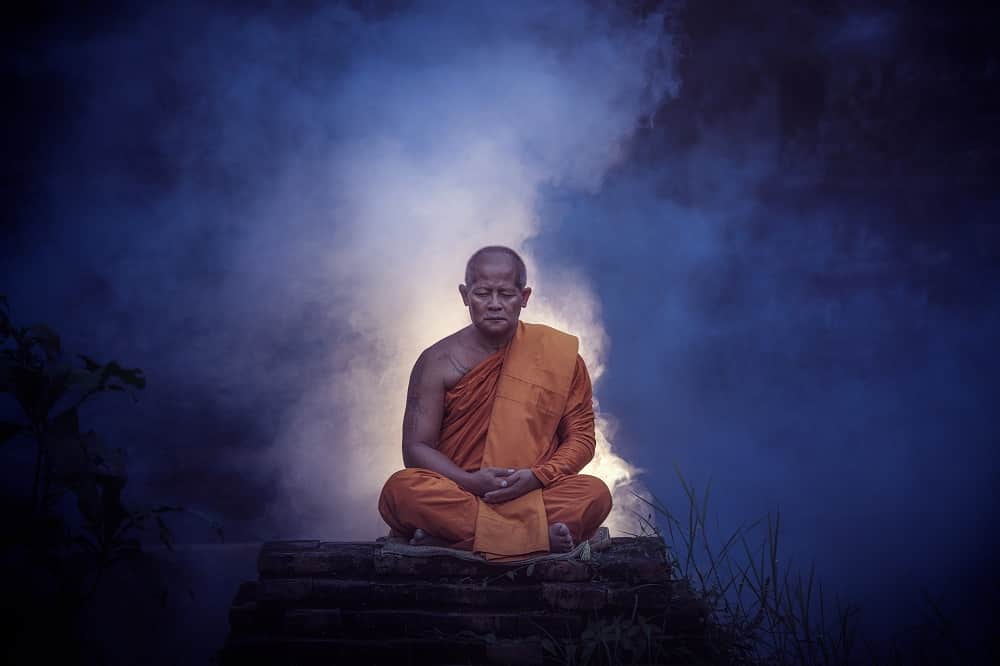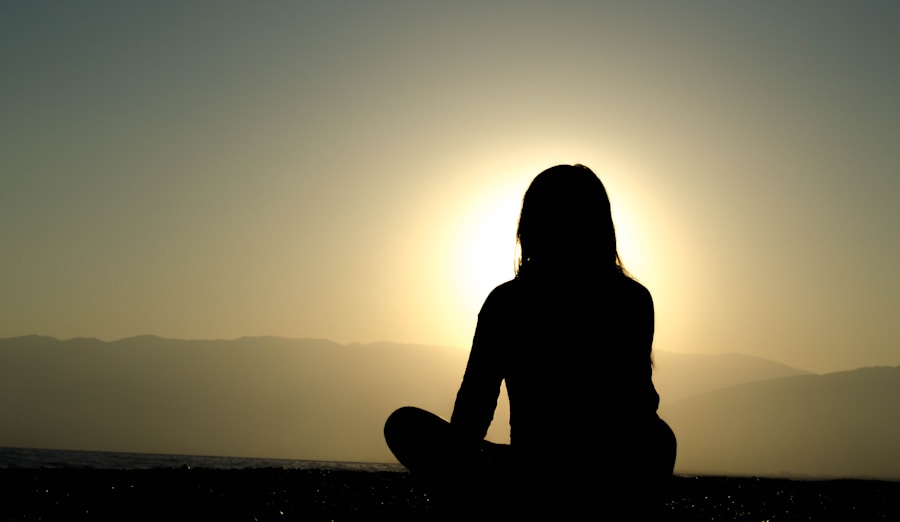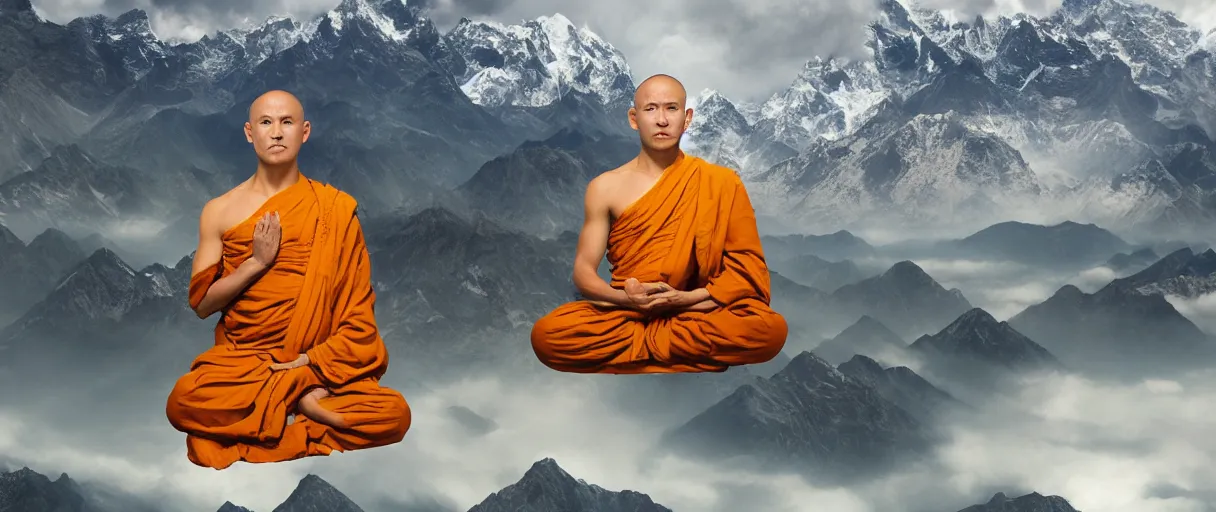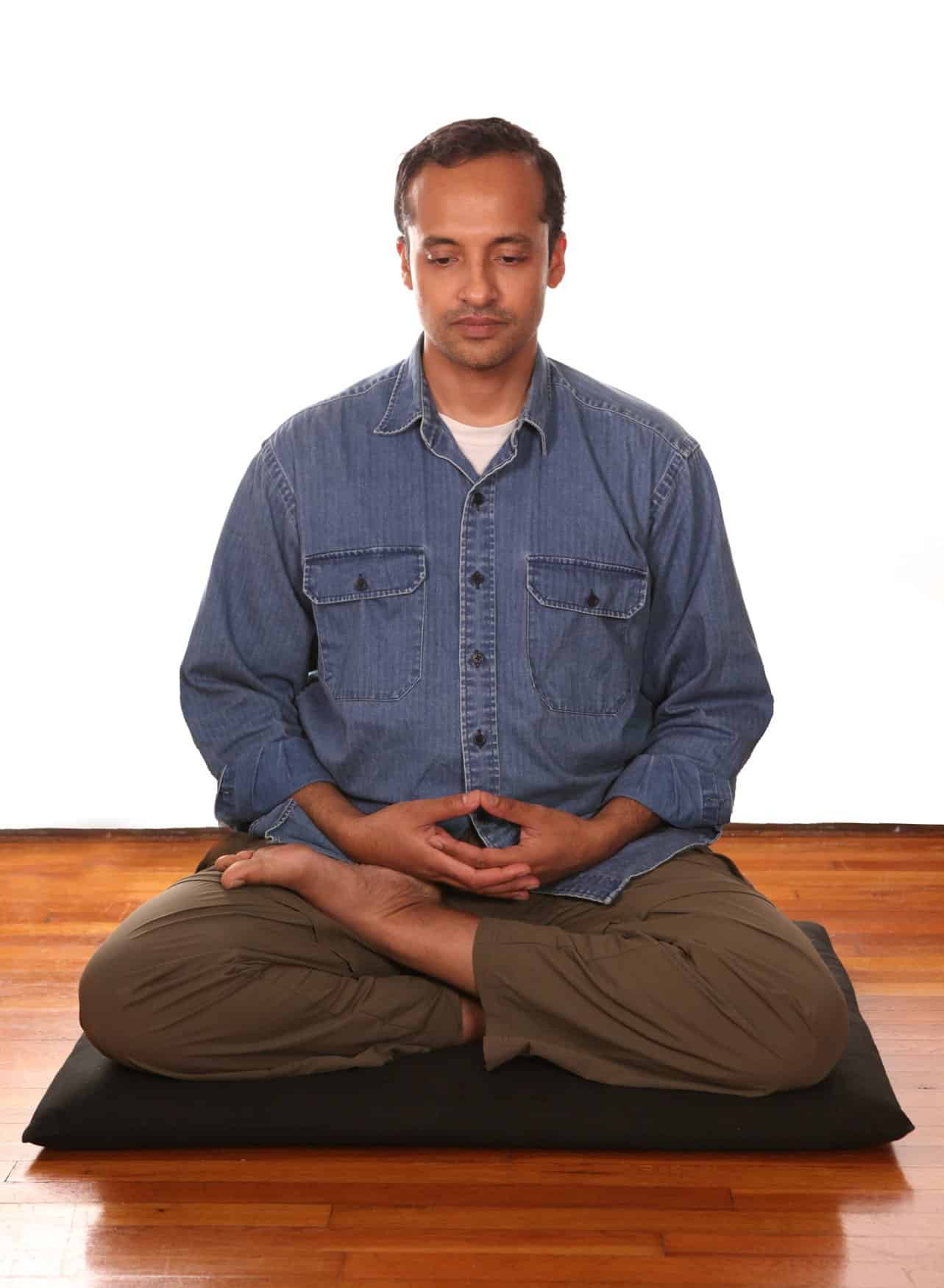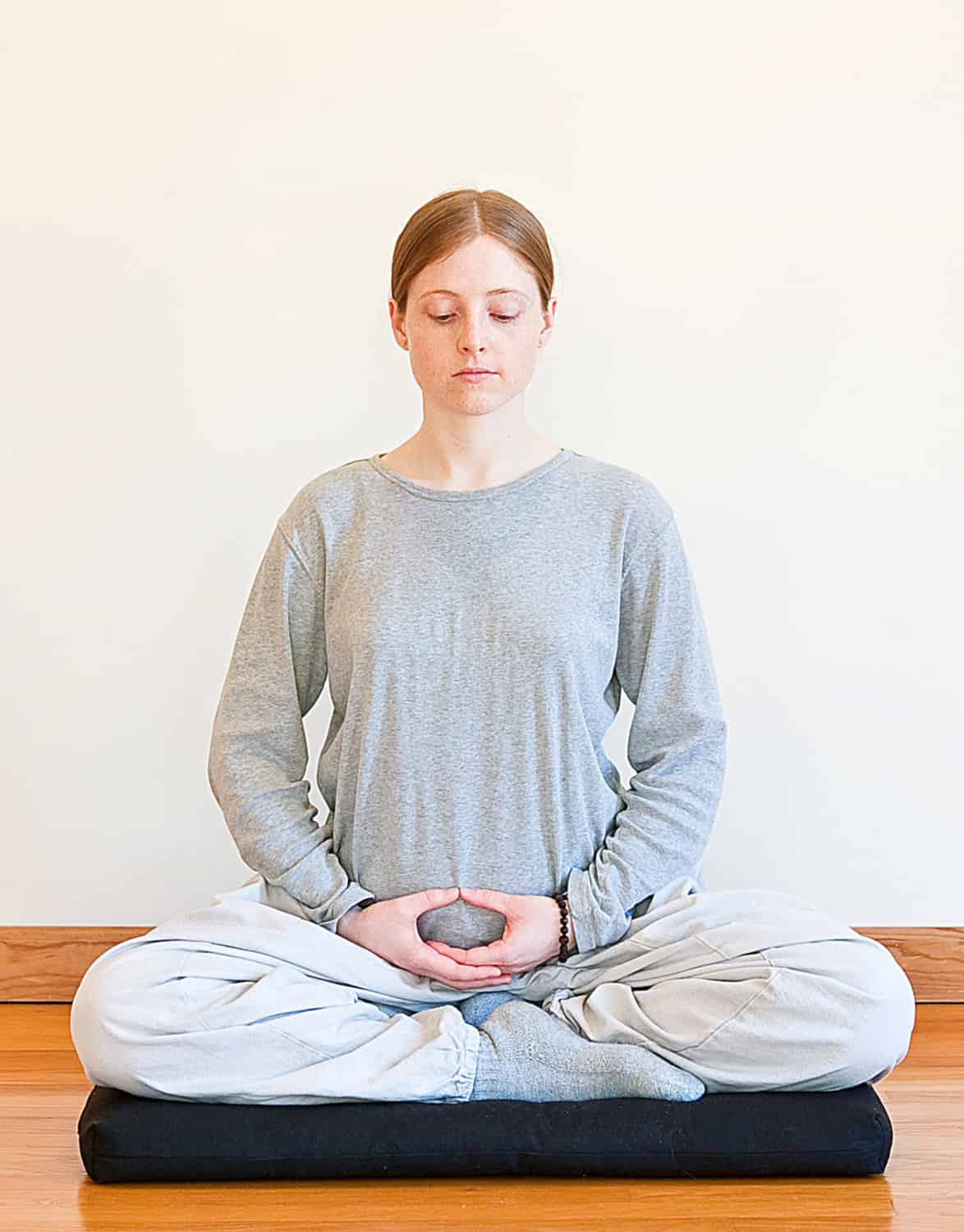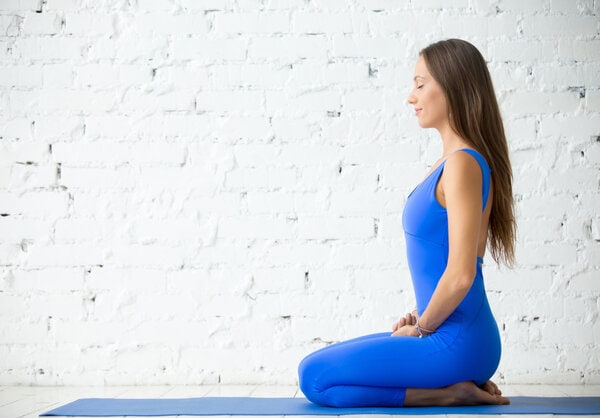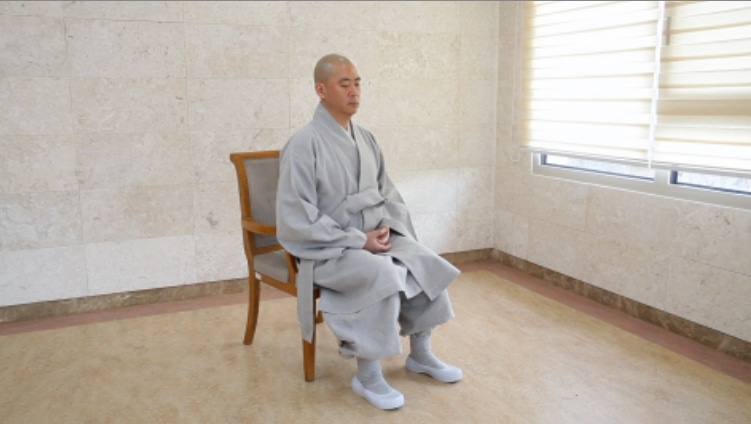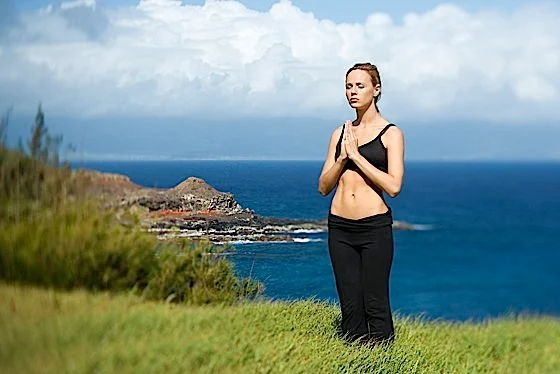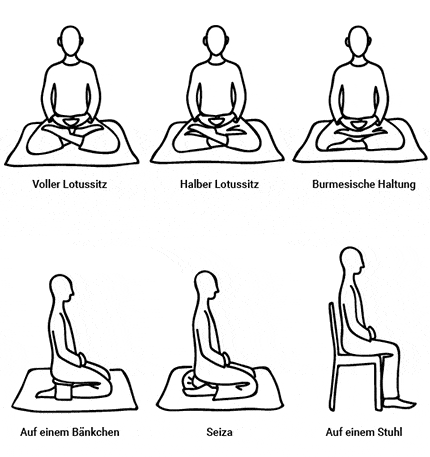As an avid practitioner of meditation, I have always been fascinated by the ancient practice of Buddhist meditation positions. It is a powerful tool that allows individuals to cultivate inner peace, clarity, and mindfulness in their lives. The art of meditation has been passed down through generations and has become increasingly popular in recent years due to its numerous benefits for mental health and overall well-being.
One crucial aspect of Buddhist meditation is finding the right position for your practice. While it may seem like a trivial matter, the position you choose can greatly impact your ability to focus and achieve a deep state of relaxation. In this article, I will explore the different meditation positions in Buddhism, their benefits, and provide step-by-step guides on how to perform each posture.
Key Takeaways
- Buddhist meditation can help you find inner peace.
- Meditation has many benefits for your mental and physical health.
- There are several meditation positions in Buddhism, including the classic Lotus and the comfortable Half-Lotus.
- The Burmese and Seiza positions are simple and effective, while the Chair position is a good option for beginners.
- Walking meditation is a great way to incorporate movement into your meditation practice.
Benefits of Meditation for Inner Peace
Before delving into the specifics of different meditation positions, it is important to understand why meditation is such an effective tool for cultivating inner peace. Through regular practice, individuals can experience reduced stress levels, improved emotional well-being, increased self-awareness, enhanced concentration skills, and an overall sense of calmness.
Scientific studies have also supported these claims by demonstrating the positive effects that meditation has on our brain chemistry. Research conducted at Harvard Medical School found that regular mindfulness meditation can lead to changes in brain structure associated with increased attention span and emotional regulation.
Personally speaking from my own experiences with Buddhist meditation over the years; I have noticed significant improvements in my ability to handle stressful situations with grace and composure since incorporating regular meditative practices into my daily routine.
Understanding Meditation Positions in Buddhism
In Buddhism specifically; there is great emphasis placed on finding the right posture during meditative practices as it plays a vital role in achieving mental clarity and tranquility. The chosen position should allow for stability while also promoting relaxation throughout the body.
There are several traditional postures commonly used during Buddhist meditations including lotus position, half-lotus position, Burmese position, Seiza position, chair position, standing position, and walking meditation. Each posture has its own unique benefits and can be chosen based on individual preferences and physical capabilities.
The Lotus Position: A Classic Meditation Posture
| Metrics | Description |
|---|---|
| Difficulty Level | Intermediate |
| Benefits | Improves posture, reduces stress and anxiety, increases focus and concentration |
| Precautions | Avoid if you have knee or hip injuries, or if you experience discomfort in the posture |
| Duration | Start with 5-10 minutes and gradually increase to 20-30 minutes |
| Variations | Half Lotus, Quarter Lotus, Easy Pose |
The lotus position is perhaps the most well-known meditation posture in Buddhism. It is a cross-legged sitting posture that requires flexibility in the hips and knees. To achieve this posture, begin by sitting on the floor with your legs crossed. Place your right foot on top of your left thigh and your left foot on top of your right thigh.
The lotus position offers numerous benefits for meditation practitioners. It helps to align the spine properly, allowing for better circulation of energy throughout the body. Additionally, it promotes a sense of groundedness and stability which aids in achieving a deep state of relaxation.
The Half-Lotus Position: A Comfortable Alternative to the Lotus
For those who find it challenging to perform the full lotus pose due to limited flexibility or discomfort in their knees or hips; an excellent alternative is the half-lotus position.
To assume this posture; start by sitting on the floor with your legs crossed as you would for any seated meditation practice. Then place one foot onto opposite thigh while keeping other leg relaxed on ground.
The half-lotus still provides many benefits similar to those experienced in full lotus pose such as improved alignment of spine & increased stability during practice.
The Burmese Position: A Simple and Effective Meditation Posture
If you are looking for a simple yet effective meditation posture that does not require much flexibility or strain on joints; then consider trying out Burmese position.
To get into this pose; sit comfortably cross-legged with both feet resting flat on ground & hands resting gently upon thighs or knees if desired.
The Burmese position allows for greater comfort during extended periods of meditation and is suitable for practitioners of all levels. It promotes relaxation, stability, and proper alignment of the spine.
The Seiza Position: A Traditional Japanese Meditation Posture
The Seiza position is a traditional Japanese meditation posture that involves kneeling with your legs folded beneath you and sitting on your heels. To assume this posture, start by kneeling on a cushion or mat with your knees together and your feet tucked under your buttocks.
The Seiza position offers several benefits for meditation practitioners. It helps to maintain an upright posture, allowing for better circulation of energy throughout the body. Additionally, it provides stability and support to the lower back, reducing strain during long periods of sitting.
The Chair Position: A Comfortable Option for Beginners
For those who may have difficulty sitting on the floor or require additional support during their meditation practice; using a chair can be an excellent alternative.
To perform this posture; sit comfortably in a chair with both feet flat on ground & hands resting gently upon thighs or knees if desired.
Using a chair allows individuals to focus more easily on their breath and internal state without being distracted by physical discomfort. It also provides stability and support for those who may have physical limitations or injuries that prevent them from assuming other positions.
The Standing Position: A Dynamic Meditation Posture
While most people associate meditation with sitting postures; standing meditation can also be an effective practice for cultivating mindfulness and inner peace.
To perform standing meditation; stand tall with feet shoulder-width apart & arms relaxed at sides or gently clasped in front of body if preferred.
Standing meditation encourages alertness while promoting grounding through connection with the earth beneath our feet. It can be particularly beneficial for individuals who find it challenging to sit still for extended periods or prefer a more dynamic approach to their practice.
The Walking Meditation: A Moving Meditation Practice
In addition to seated postures, walking meditation is another valuable practice in Buddhism. It involves walking slowly and mindfully, paying attention to each step and the sensations in the body.
To begin a walking meditation practice; find a quiet space where you can walk back and forth comfortably. Start by standing still, taking a few deep breaths to center yourself. Then, begin to walk slowly, focusing your attention on the physical sensations of each step.
Walking meditation offers unique benefits as it combines physical movement with mindfulness. It can be particularly helpful for individuals who struggle with restlessness or have difficulty maintaining focus during seated meditation.
Tips for Finding Your Ideal Meditation Position
When it comes to choosing the right meditation position for your practice, there are several factors to consider:
1. Comfort: It is essential to find a posture that allows you to sit or stand comfortably for an extended period without experiencing pain or discomfort.
2. Stability: The chosen position should provide stability and support so that you can maintain proper alignment throughout your practice.
3. Experimentation: Don’t be afraid to try out different positions and see what works best for you personally. Everyone’s body is unique, so finding the right posture may require some trial and error.
In conclusion, finding the ideal meditation position is crucial for cultivating inner peace through Buddhist practices. Whether it’s the classic lotus pose, comfortable half-lotus position, simple Burmese posture, traditional Seiza pose, chair option for beginners or dynamic standing posture; each has its own benefits and can be chosen based on individual preferences and physical capabilities.
Remember that there is no one-size-fits-all approach when it comes to meditation positions; what matters most is finding a posture that allows you to relax deeply while maintaining focus on your breath or chosen point of concentration.
So take some time today to explore different postures mentioned above & discover which one resonates most with your body & mind! Embrace this journey of self-discovery as you find your ideal meditation position and unlock the transformative power of inner peace.
FAQs
What is Buddhist meditation?
Buddhist meditation is a practice that aims to cultivate mindfulness, concentration, and insight. It is a way to train the mind to be more aware of the present moment and to develop a deeper understanding of the nature of reality.
What are the benefits of Buddhist meditation?
Buddhist meditation has been shown to have numerous benefits, including reducing stress and anxiety, improving focus and concentration, increasing self-awareness, and promoting feelings of calm and inner peace.
What are the top Buddhist meditation positions?
The top Buddhist meditation positions include the lotus position, half-lotus position, Burmese position, seiza position, and chair position. Each position has its own benefits and can be adapted to suit individual needs and preferences.
What is the lotus position?
The lotus position is a cross-legged sitting position that is commonly used in Buddhist meditation. It involves sitting with the legs crossed and the feet resting on the opposite thighs, with the hands resting on the knees or in the lap.
What is the half-lotus position?
The half-lotus position is a variation of the lotus position that is easier for beginners or those with limited flexibility. It involves sitting with one foot resting on the opposite thigh, while the other foot is tucked under the opposite knee.
What is the Burmese position?
The Burmese position is a simple cross-legged sitting position that is commonly used in Buddhist meditation. It involves sitting with the legs crossed and the feet resting on the floor, with the hands resting on the knees or in the lap.
What is the seiza position?
The seiza position is a kneeling position that is commonly used in Japanese Zen meditation. It involves sitting on the heels with the knees and feet together, with the hands resting on the thighs or in the lap.
What is the chair position?
The chair position is a sitting position that is suitable for those who have difficulty sitting on the floor or who require back support. It involves sitting on a chair with the feet flat on the floor and the hands resting on the thighs or in the lap.
Originally posted 2024-01-18 12:05:38.
